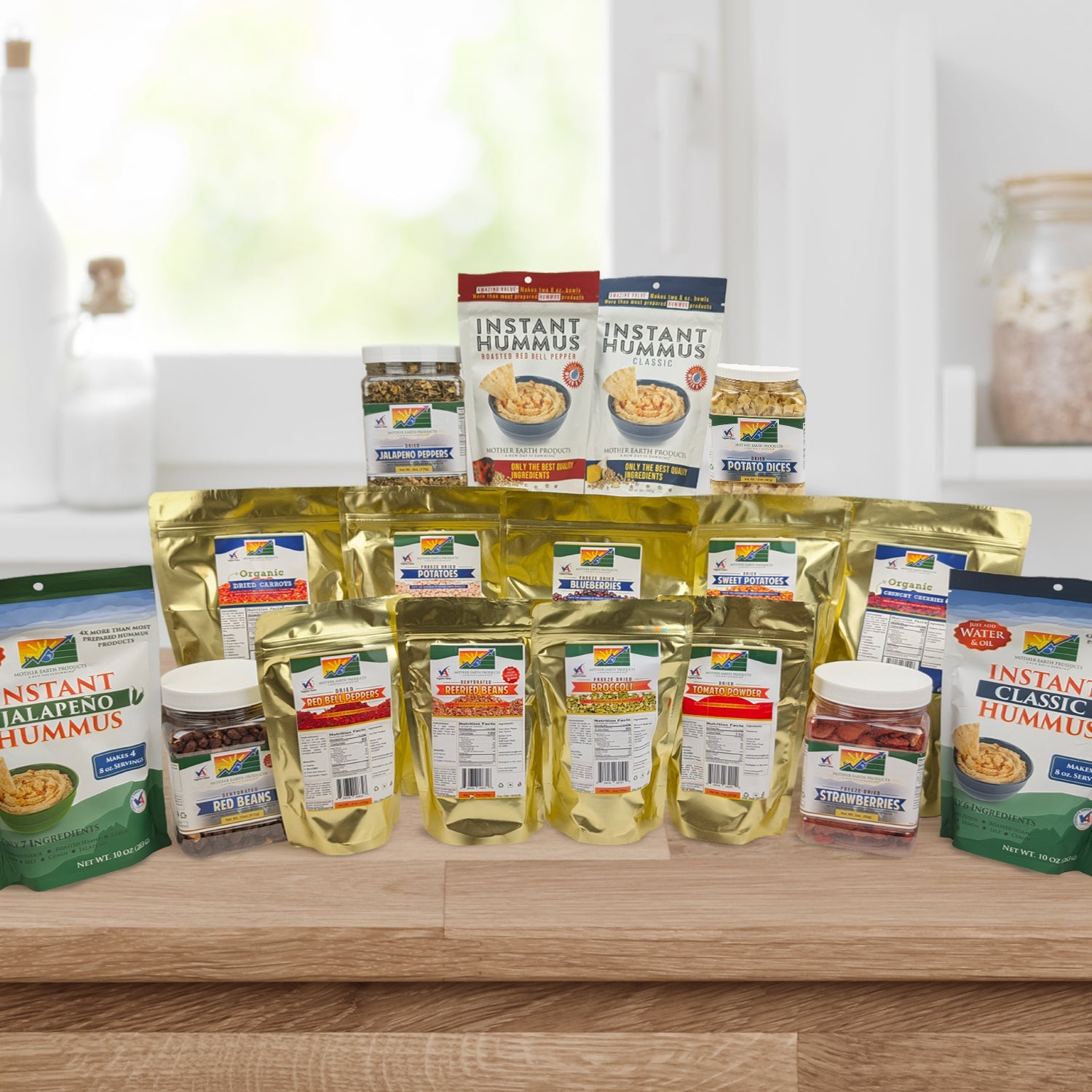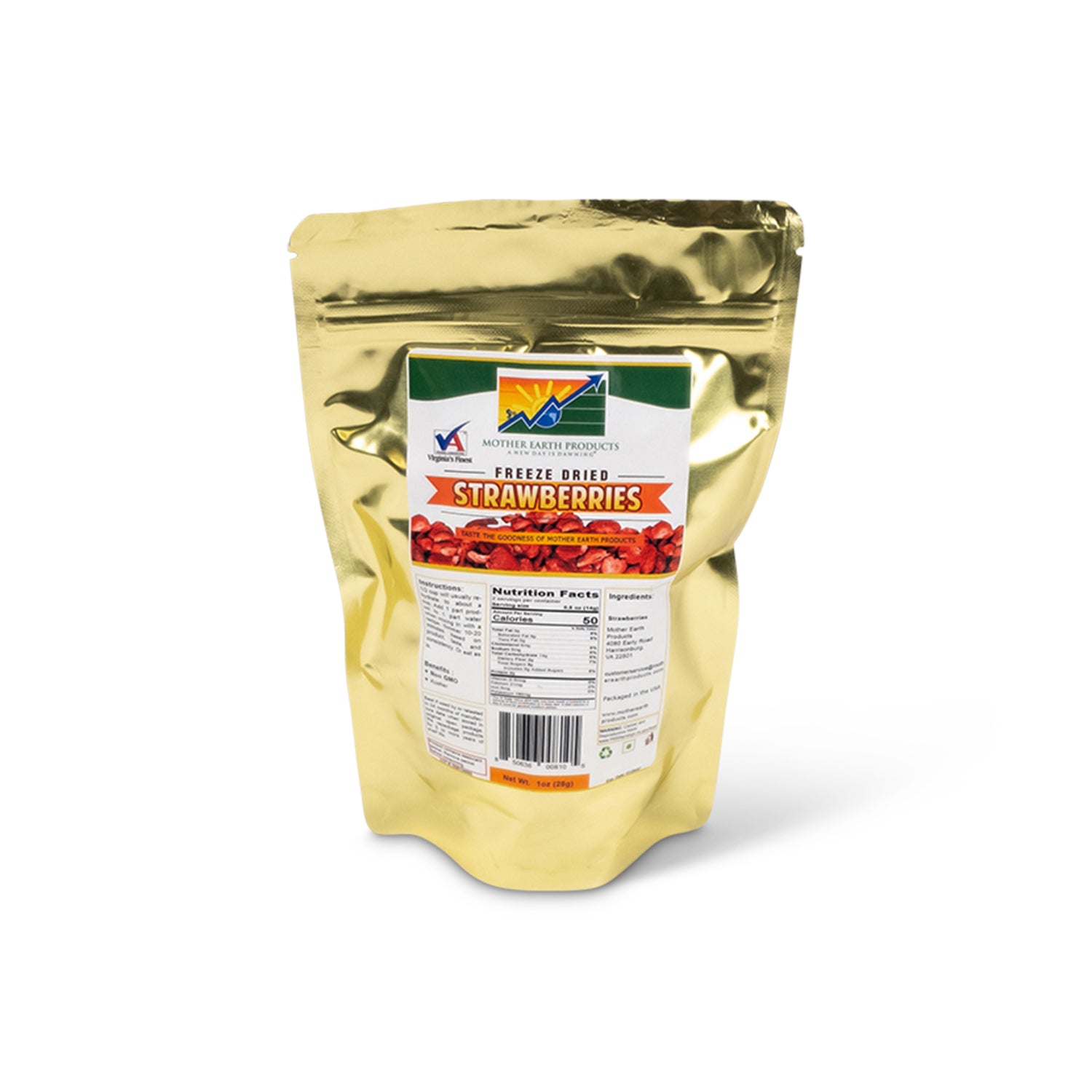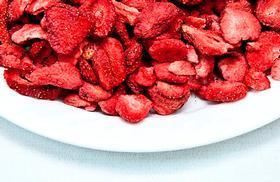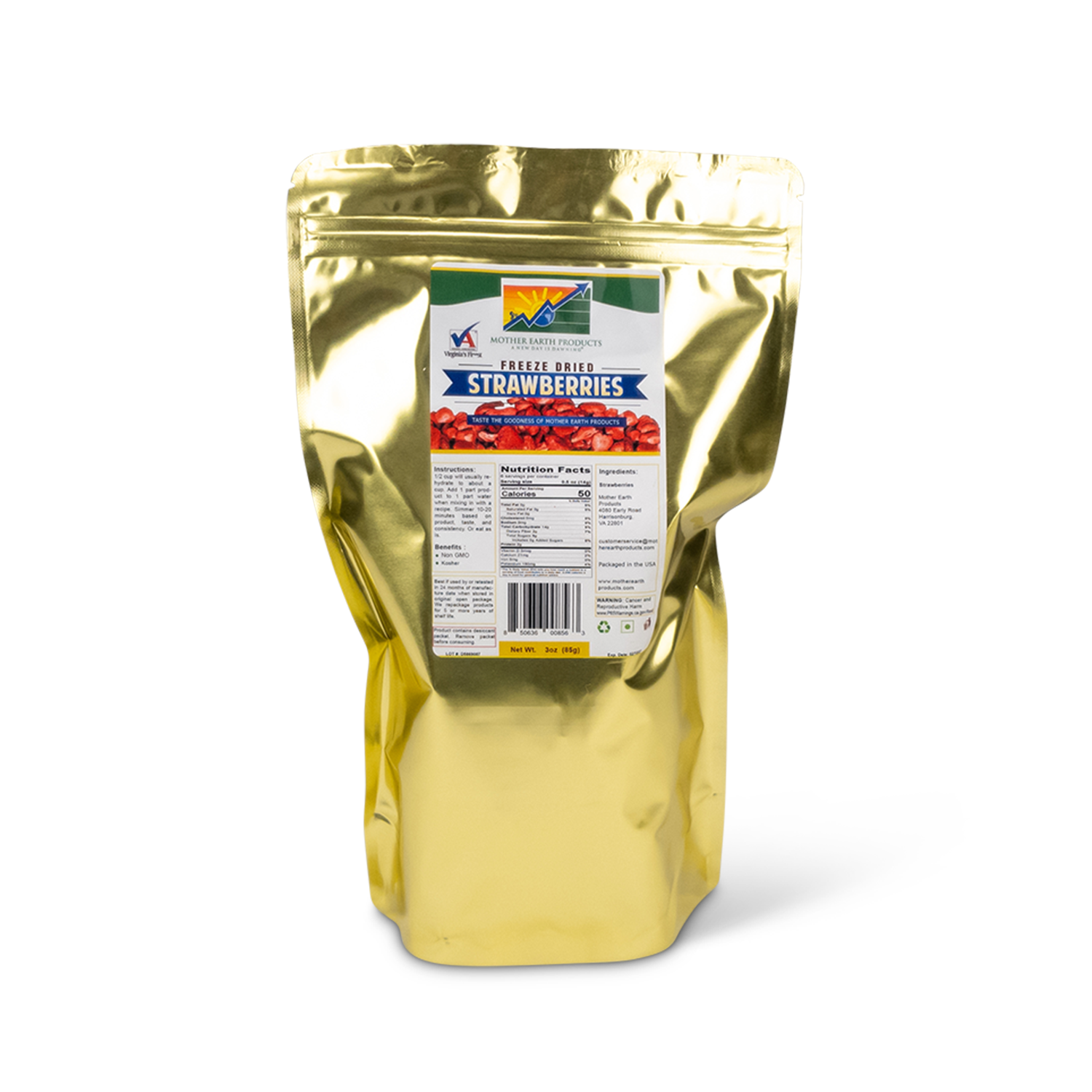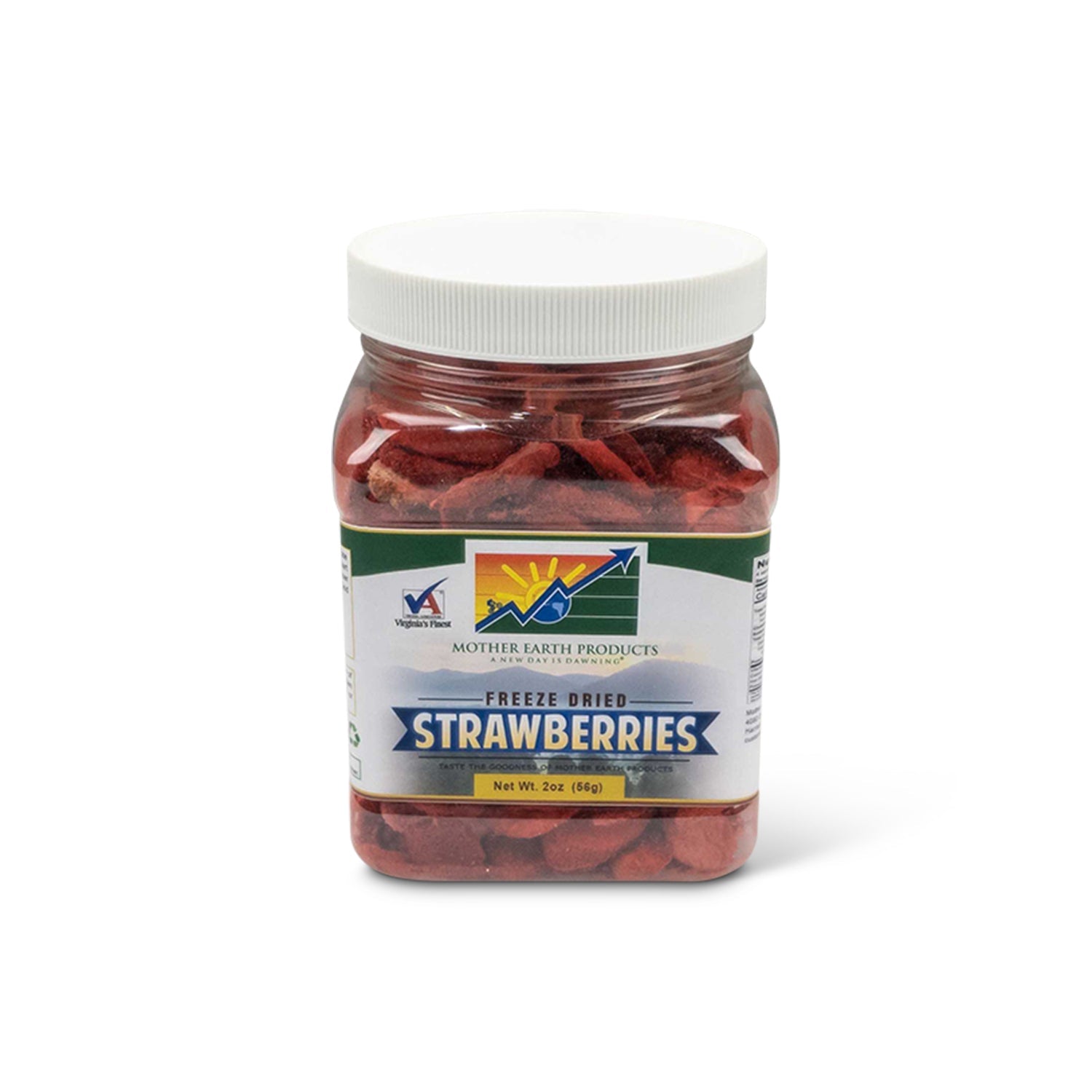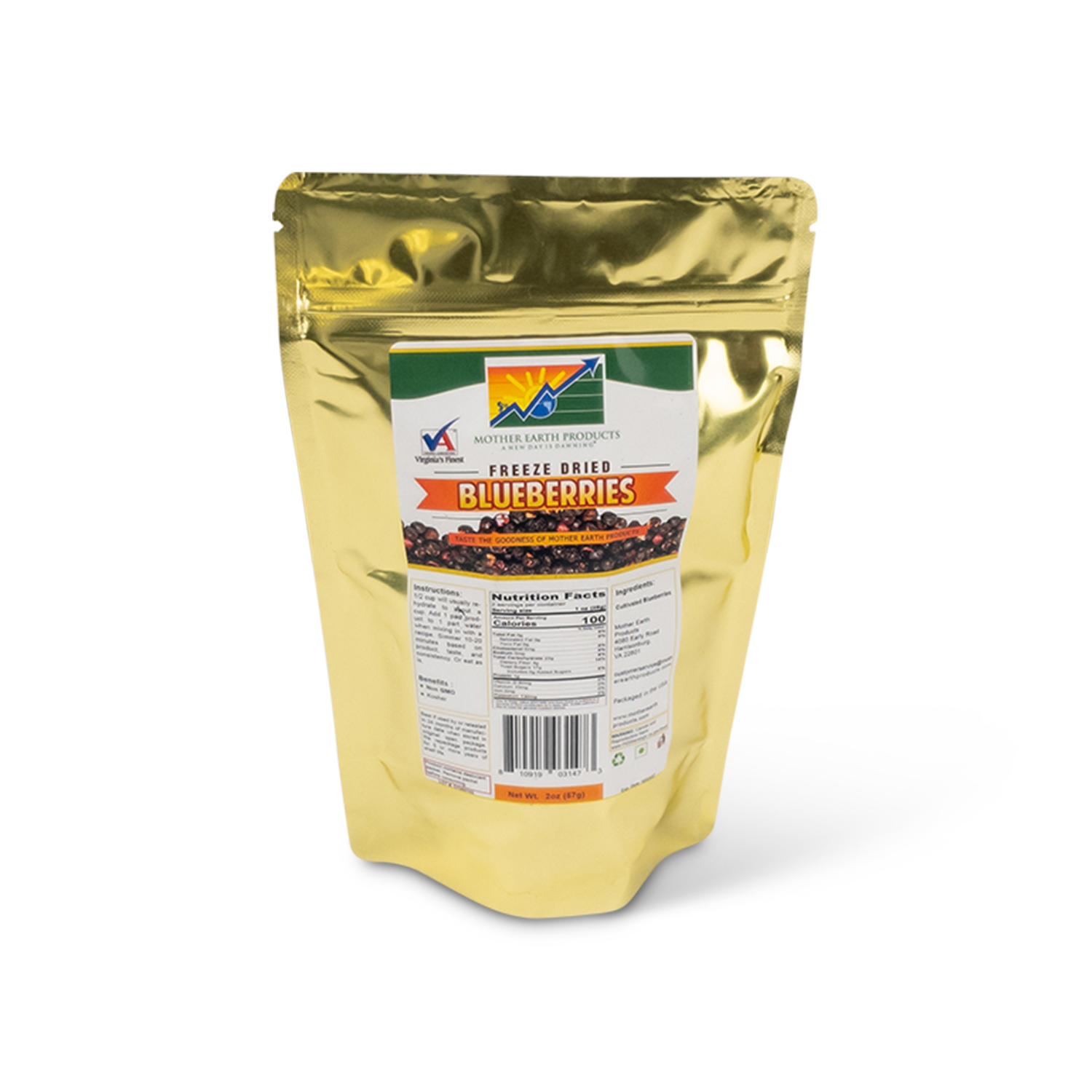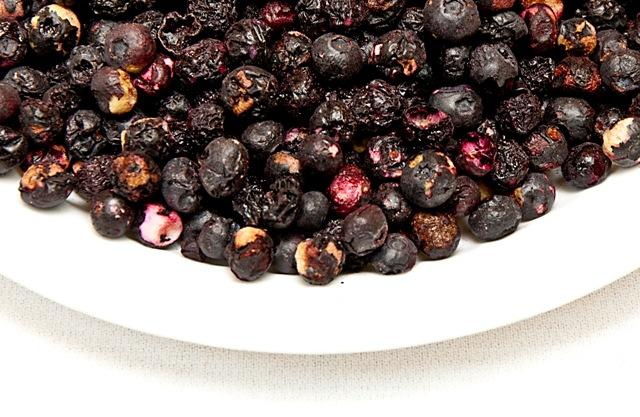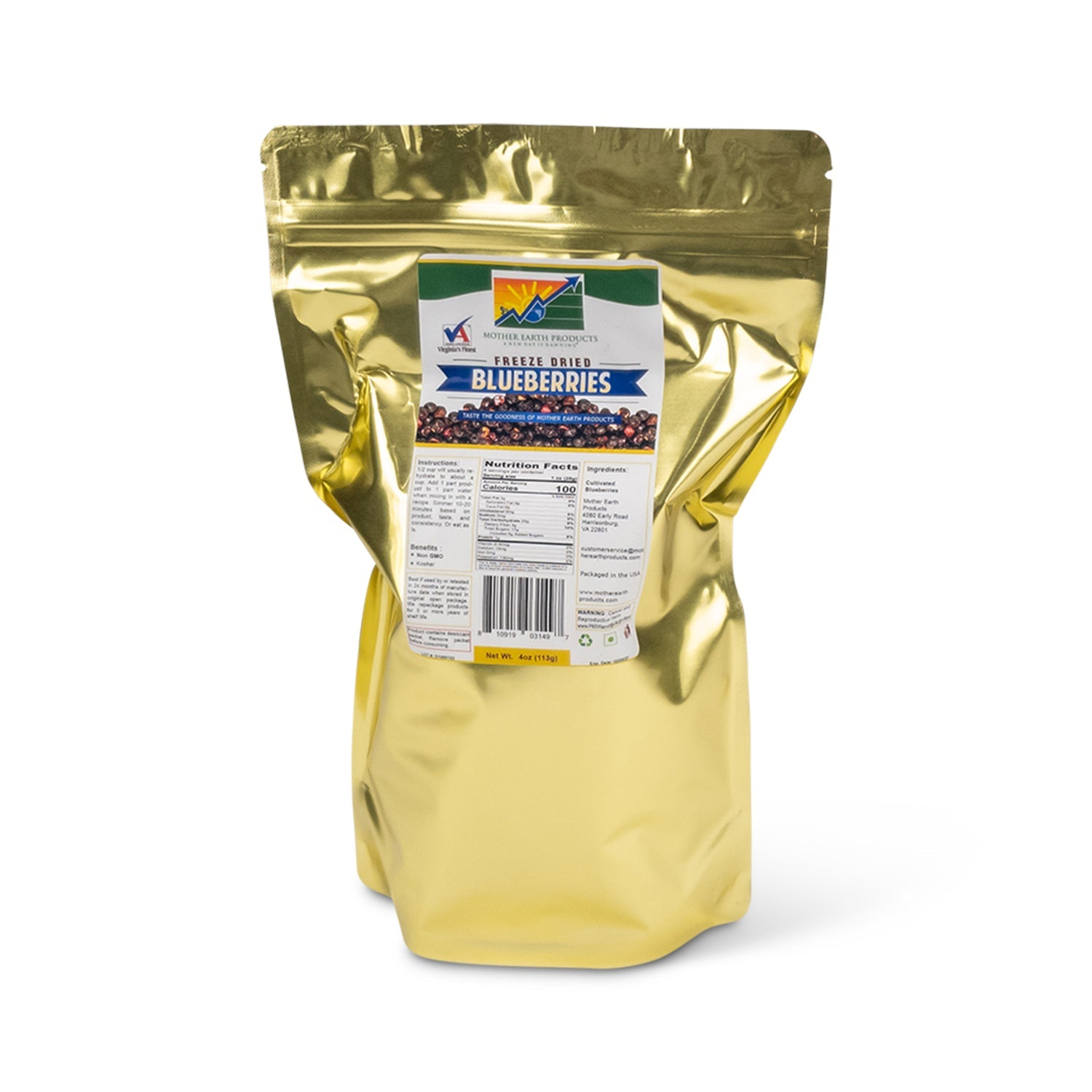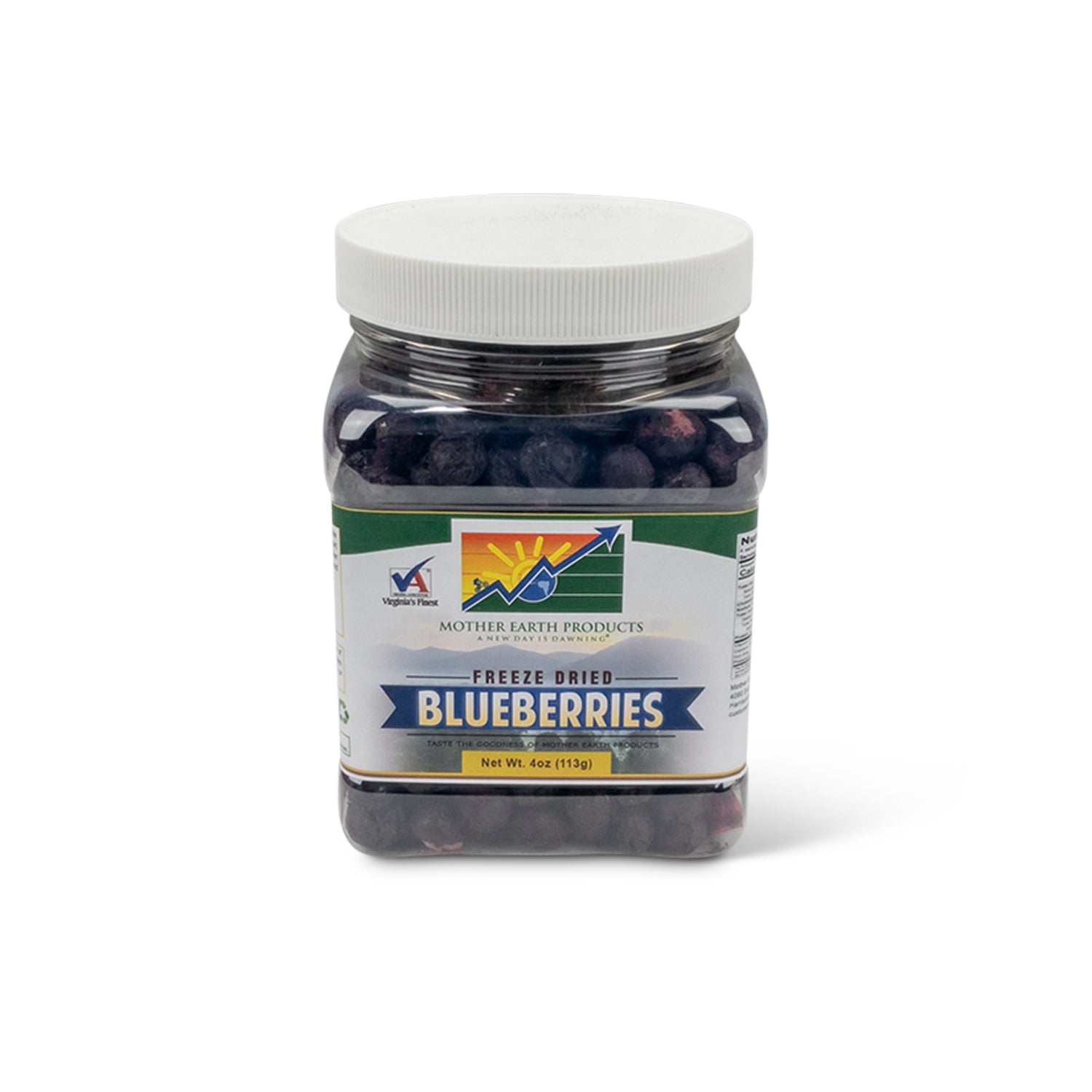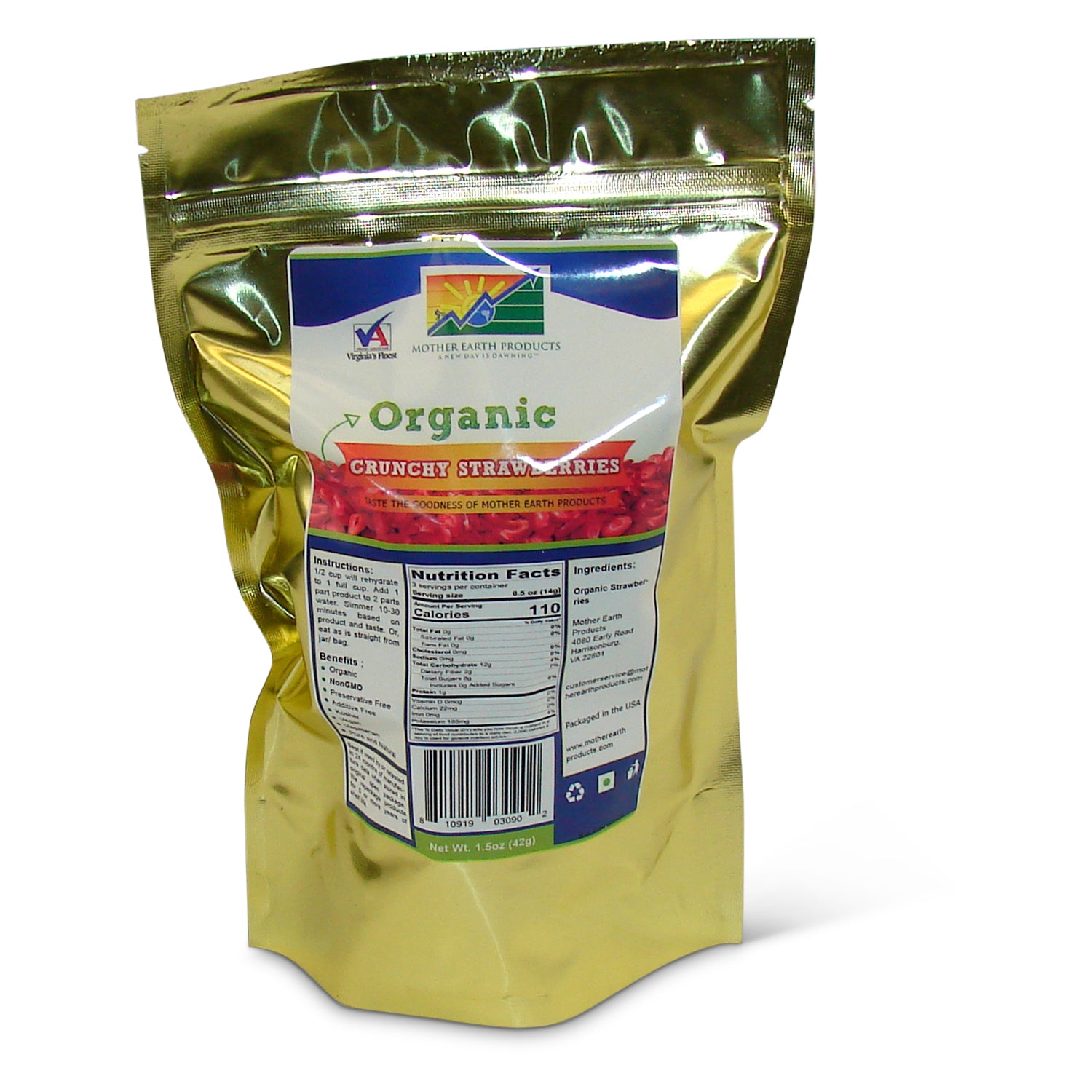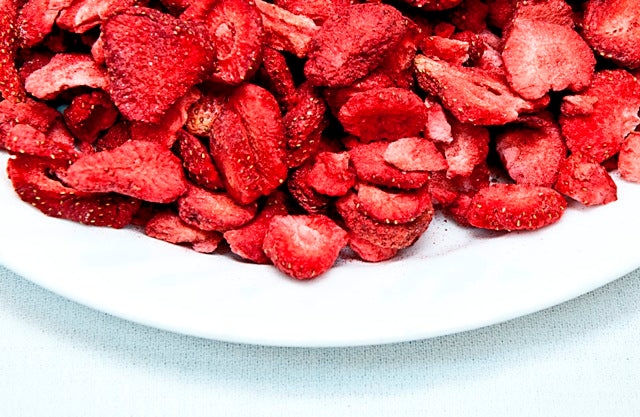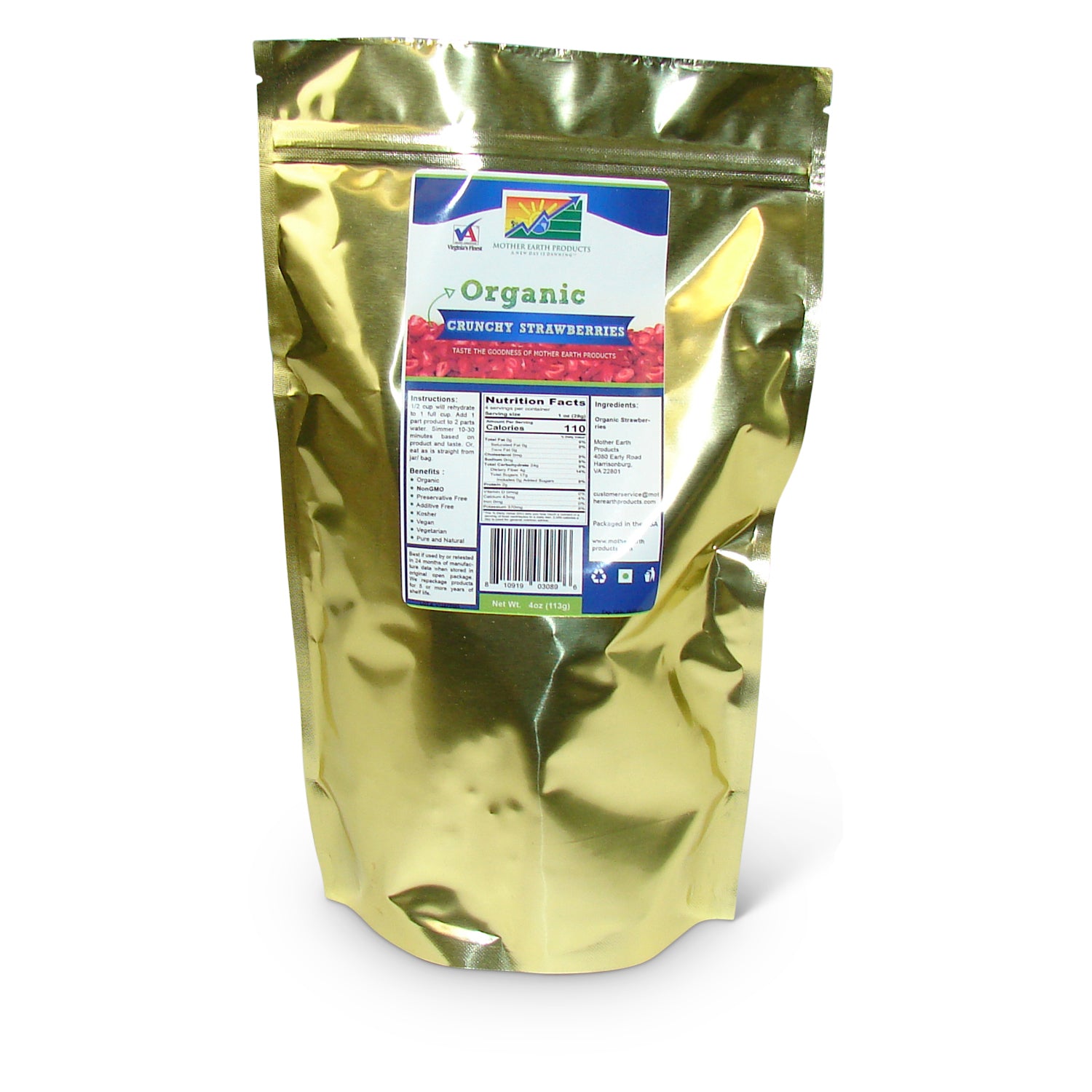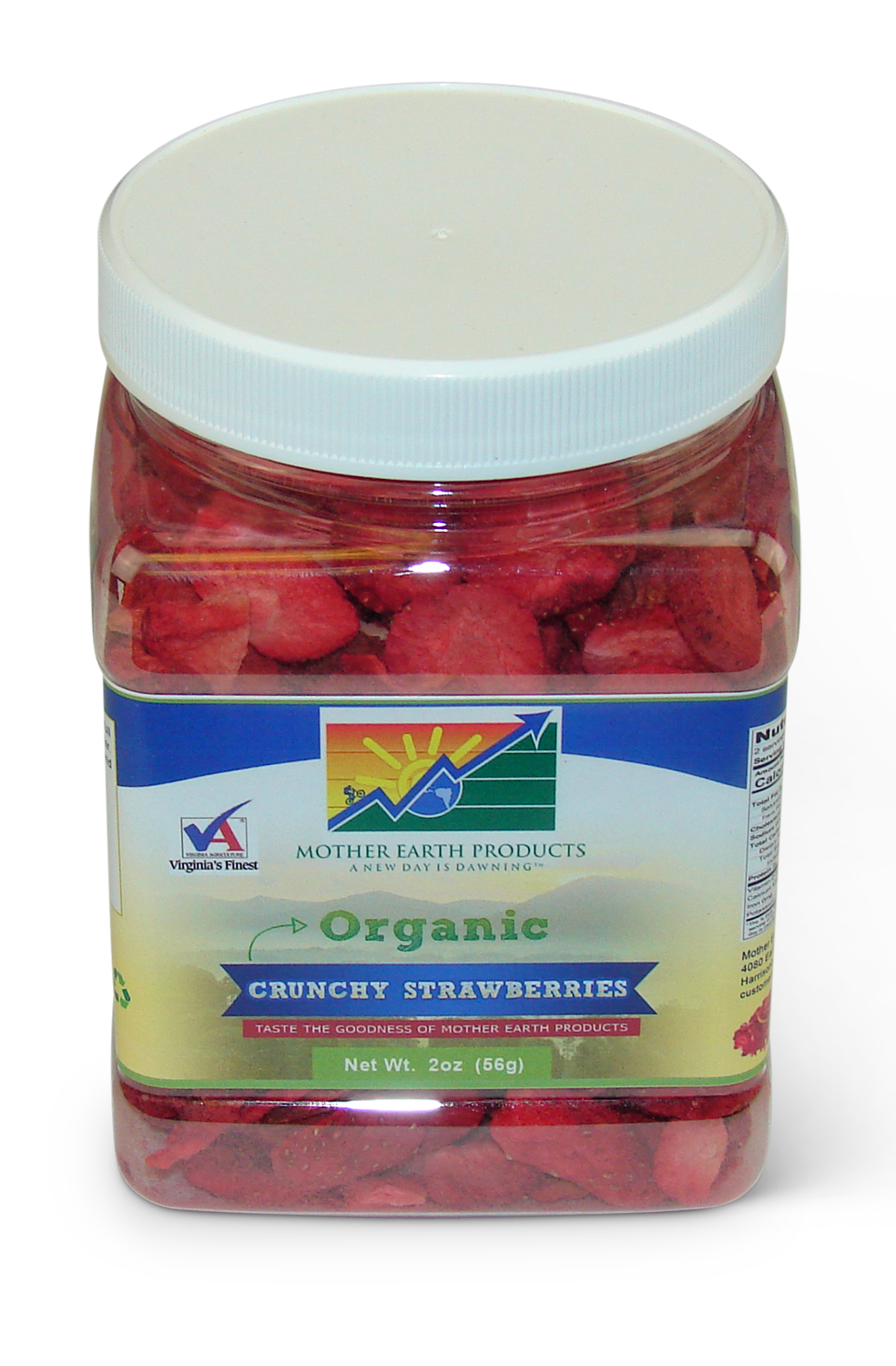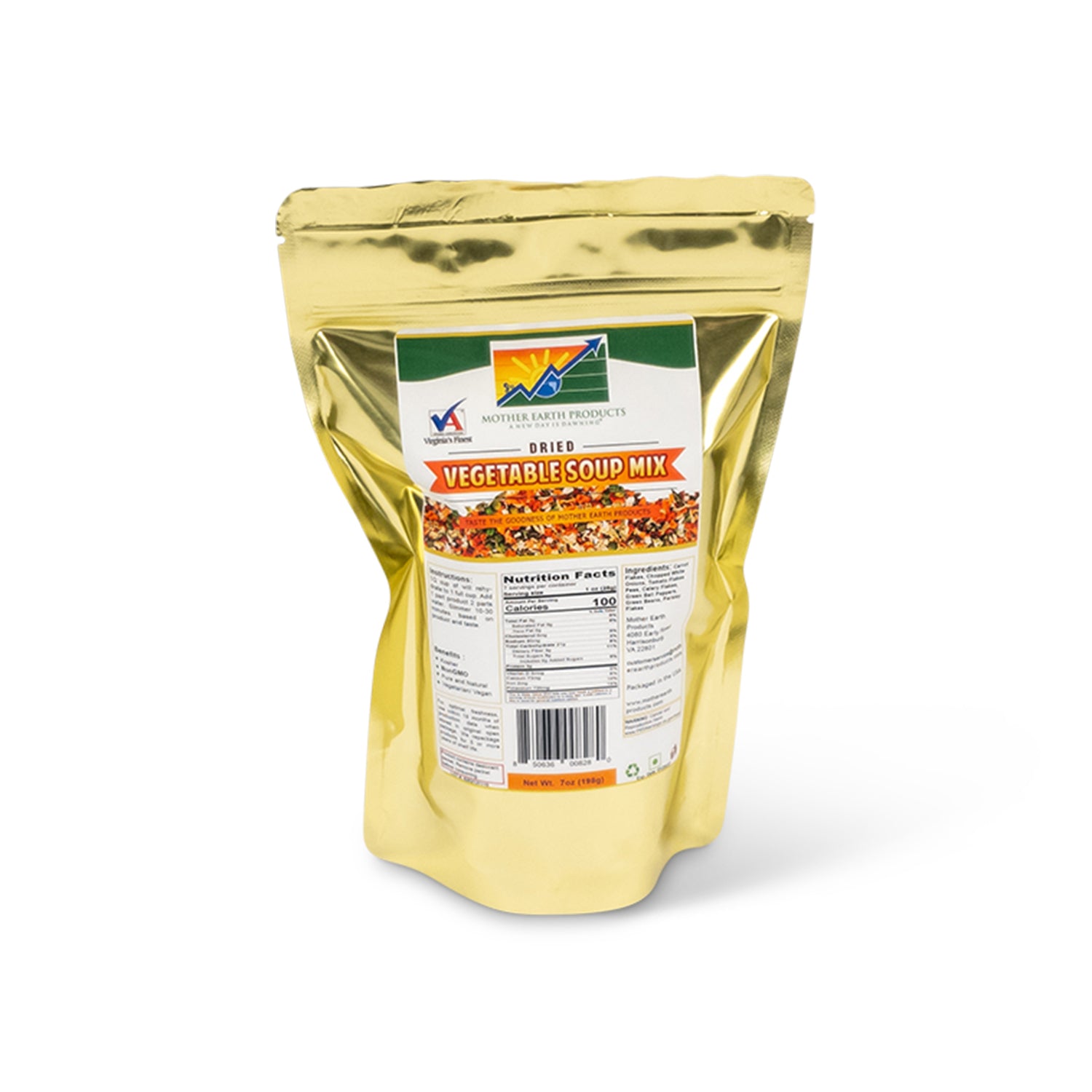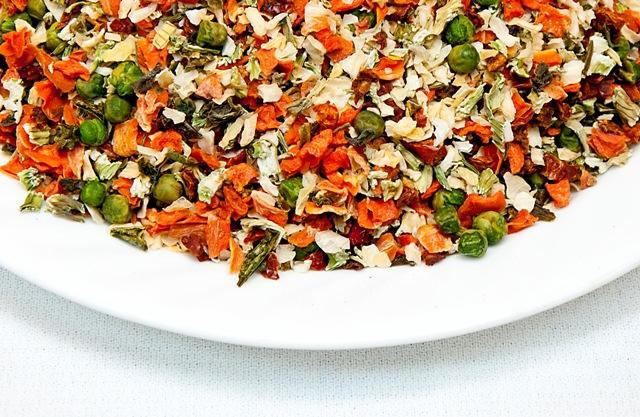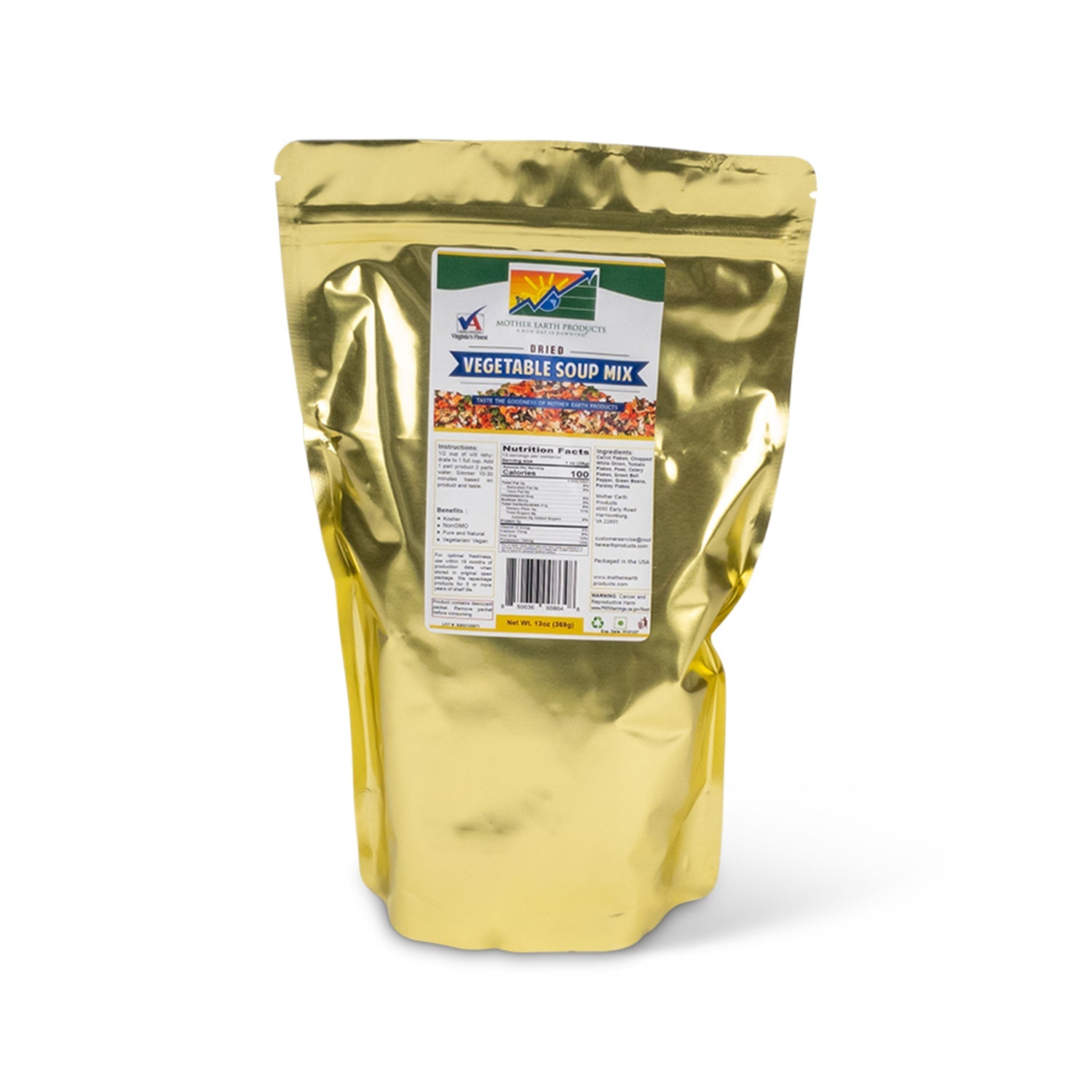We know that sauces and spices are not the only ways to make a dish taste phenomenal. How we cook our meals also matters, but what we don't know is that certain cooking methods tend to strip some of our favorite foods of their nutrients. Luckily, there are a lot of ways to get past this issue and still enjoy a delicious meal. From steaming to sautéing, these are several surefire cooking methods to keep nutrients intact and get the most out of your meals.
1. Steaming
Steamed foods don't always taste that good; however, research(1) suggests that this cooking method may be a solid way to keep nutrients intact.
By creating a water dominant environment, steaming "traps" the food's moisture, forcing it to cook in its own juices. As a result, nutrients have no way but to remain inside the food throughout the process. The only issue with steaming is that foods usually taste bland, so we reach for that butter or salt, but if you want to avoid adding calories to the mix, make sure you season the foods beforehand, whether that's a few drops of lemon juice or a pinch of salt.
2. Roasting
Veggies are now in on the action and have slowly become the latest obsession among health conscious eaters. Did you know that besides making vegetables taste that much better, this cooking method is also a great way to retain most of your meals' nutrients?
Experts(2) report that roasting helps retain up to 75% of B vitamins in root and leafy green vegetables. Next time you are thinking of scalding your beets or yams, cut them up and toss them in the oven. Also, some nutritionists claim that roasted foods inevitably increase the production of oxidative AGEs(3) (Advanced Glycation End-products) in your body.
3. Sautéing (with Olive Oil)
Sautéing doesn't sound like the healthiest way to cook food, but, it turns out that this method is not as "bad" as we thought. According to one recent study(4), cooking foods (vegetables, in particular) in a little bit of olive oil increases their antioxidant capacity. The study shows that the foods cooked in olive oil ended up containing more phenols than when they were raw.
4. Boiling
Boiling is the go-to cooking method for many people, especially when the time is scarce. But this approach usually breaks down a large number of nutrients, with vegetables being the most susceptible food group, which occurs because high temperatures cause the nutrients to loosen their bonds, dissolve, and become one with the surrounding environment. If that's the case, why is boiling one of the best ways to keep nutrients intact? Here's the deal. While this method is a big no-no for water soluble vitamins and minerals, it increases the bioavailability of nutrients, such as lycopene(5) and beta-carotene. The bottom line? Your boiling streak should be limited to carrots(6) and tomatoes.
5. Microwaving
According to experts(7), microwaving your food may be the easiest way to keep nutrients intact, especially when it comes to veggies. Water soluble nutrients, like vitamin C (present in broccoli, cauliflower, bell peppers, etc.), break down in no time when exposed to heat. Microwaving is capable of prepping your food in a short amount of time and at low temps. This means that the nutrients don't have enough time to dissolve, so the majority of them remains intact. Despite all these, always remember to cook your foods in a microwave-safe container.
Also, Keep in Mind...
- Chopping
The way you chop your food may also play a massive role in nutrient retention. In fact, foods that are cut into large pieces tend to lose a smaller percentage of their nutrients as they have fewer surfaces exposed while cooking.
- Peeling
It's no secret that most of the vitamins and minerals in vegetables lurk in the skin or outer leaves; so, to avoid losing a substantial amount of them, try washing the outer surface with lots of water and gentle strokes with a soft brush - you'll remove all dirt but none of the nutrients.
The Takeaway
It’s obvious that there are a lot of ways to get the most out of your meals. Don’t forget that a balanced diet is not a matter of how you cook your food, but rather how many vegetables you include on a day-to-day basis. Keep these cooking methods close, but your veggies (and their nutrients) closer.
References:
- https://www.ncbi.nlm.nih.gov/pmc/articles/PMC2722699/
- https://www.ncbi.nlm.nih.gov/pubmed/18421876
- https://www.ncbi.nlm.nih.gov/pmc/articles/PMC3704564/
- https://www.sciencedirect.com/science/article/pii/S0308814615006810
- https://www.ncbi.nlm.nih.gov/pubmed/11192026
- https://pubs.acs.org/doi/abs/10.1021/jf9910178?prevSearch=S.T.+Talcott&searchHistoryKey=
- https://www.health.harvard.edu/staying-healthy/microwave-cooking-and-nutrition
- https://ods.od.nih.gov/pdf/factsheets/VitaminC-Consumer.pdf



